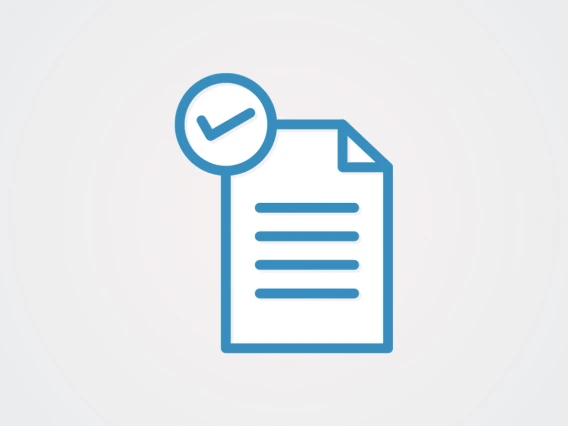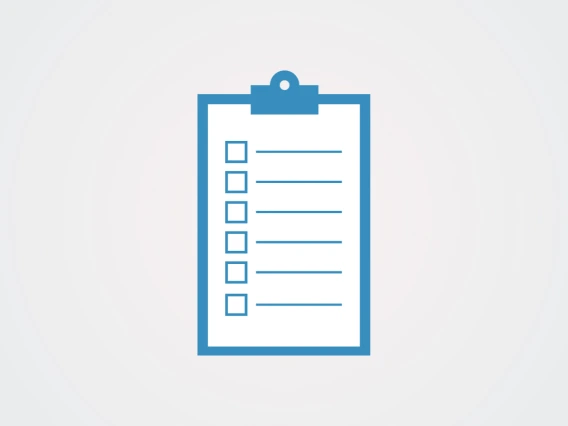Course Objectives
- Solve story problems using multiple strategies
- Explain numerical and geometric patterns through words and symbols
- Interpret graphs in multiple contexts
- Understand the difference between arithmetic thinking and algebraic thinking
- Make connections across multiple representations (graphs, tables, words, and algebraic expressions)
- Describe real world situation through different types of functions (linear, quadratic, and exponential)
- Understand the concept of mathematical model
- Apply the modeling cycle to real-world situations
- Communicate mathematical ideas and develop an ability to explain and justify their own reasoning
- Examine how mathematical ideas are represented in multiple ways, in particular through the use of technology or hands-on manipulatives
- Develop a familiarity with materials and methods that are consistent with current mathematics teaching approaches for algebra at the K-8 level
General Math 106 Information
The specific calendar & policy for your Math 106 section should be made available to you by your instructor.
The general policies and calendar can be found below.
Course Format and Teaching Methods:
- This course explores algebraic thinking from early childhood through middle school, with a focus on the different conceptions of algebra, including generalized arithmetic; thinking in patterns and functions; and modeling. We will examine the different topics in K-8 algebra from an advanced perspective. MATH 106 is an activity-based course.
- This course will approach mathematics with the idea that everything in mathematics makes sense, and that you (and your future students) are capable of understanding all of K-8 mathematics. The class is organized to provide a friendly, intimate, non-competitive atmosphere in which you can feel free to explore, discuss, and learn Mathematics in a small group situation.
You are expected to come to class prepared. Time in class will be spent primarily on working on and discussing problems and activities.
- Scientific or Graphing Calculator (TI-83 or TI-84 are recommended)
- Students may purchase their own (new or used) or rent one from the U of A Library.
- More calculator info can be found HERE.
- Textbook:
- Mathematics for Elementary Teachers by Michelle Manes
- This is an online text, available free via Brightspace (D2L).
- As a future teacher, you should become familiar (if you are not already) with the National Council of Teachers of Mathematics (NCTM). It is a wealth of resources.
- Desmos Test Mode app:
- free; download from your app store
- Other tools/materials:
- Ruler (cm and inches)
- White board markers (any color)
- Graph paper
- Gradescope app:
- free; download from your app store
- Students need a way to scan and upload documents in PDF format (i.e. Gradescope, Adobe Scan, CamScanner, or Office Lens) On some phones, the built-in Notes app can scan to PDF.
- Enrollment Requirements/Eligibility:
- Students must meet eligibility requirements.
- See the Math Course Placement Chart HERE.
Enrolled students can borrow technology from the U of A Library on a first-come, first-served basis.





